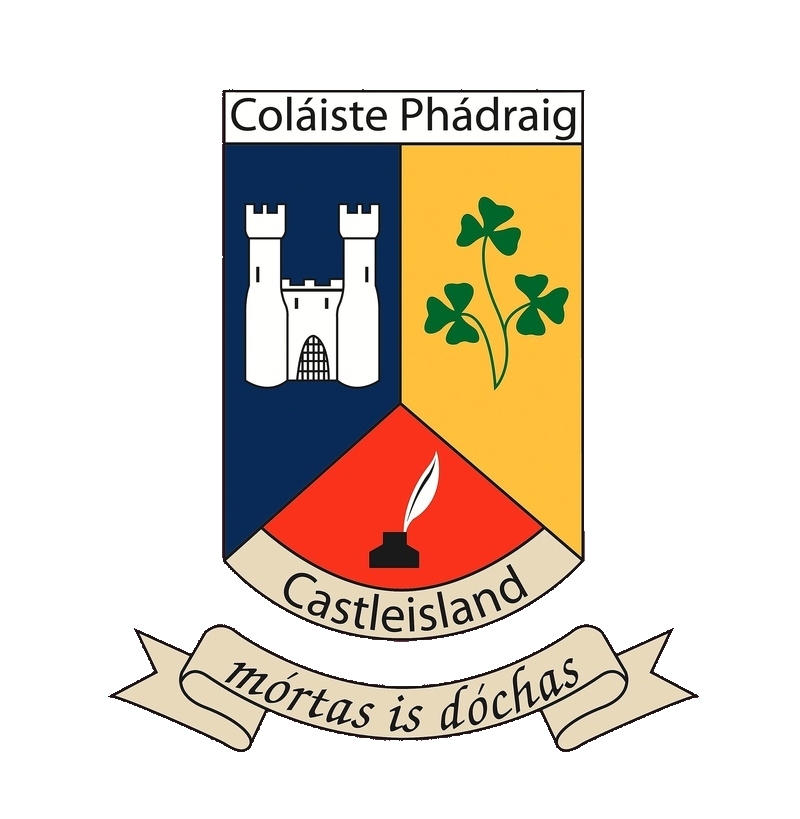Maths
Maths is one of the core subjects. It is compulsory in every school. Project Maths, the current Leaving Cert curriculum, provides students with the opportunity to gain an understanding of and familiarity with several branches of mathematics, as well as developing their overall appreciation of the subject. The branches, or ‘strands’, of the course have been chosen because they have applications in everyday life, are useful in other disciplines, and provide a foundation for further education. As a result, maths is very accessible to students at all levels.
Why Study Maths?
As a wide-ranging subject with many fields and applications, maths gets used everywhere, and everyone can find some use for it. For students, it opens doors to careers. For citizens, it enables informed decisions. For nations, it provides knowledge to compete in a technological community. No longer just the language of science, maths contributes in direct and fundamental ways to business, finance, health and defence. Whether it’s managing your monthly budget or a part of your job, mathematics has a place in everyone’s life.
Course Content
Project Maths divides the course into five ‘strands’ of maths which are studied at all levels, and in greater depth at Higher level:
Statistics and Probability aims to provide an understanding of what probability is and why concepts such as variation and uncertainty are important. Students will also learn how to analyse statistics such as those in newspapers, business reports, and scientific data, so that they can draw meaningful and relevant conclusions.
Geometry and Trigonometry deal with shapes such as circles and triangles, both on the coordinate plane and otherwise. The skills developed here are useful in areas such as architecture, landscape design, and agriculture, as well as visual design and spatial reasoning.
Number Thos strand learners continue to make meaning of the operations of addition, subtraction, multiplication and division of whole and rational numbers and extend this sense-making to complex numbers.
Algebra builds on the relations-based approach of junior cycle, which has five main objectives:
– to make use of letter symbols for numeric quantities
– to emphasise relationship based algebra
– to connect graphical and symbolic representations of algebraic concept
– to use real life problems as vehicles to motivate the use of algebra and algebraic thinking
– to use appropriate graphing technologies (graphing calculators, computer software) throughout the strand activities.
Functions – This strand builds on the learners’ experience in junior cycle where they were formally introduced to the concept of a function as that which involves a set of inputs, a set of possible outputs and a rule that assigns one output to each input. The relationship between functions and algebra is further emphasised and learners continue to connect graphical and symbolic representations of functions. They are introduced to calculus as the study of how things change and use derivatives to solve various kinds of real-world problems.

Career Possibilities
Higher level: From a careers perspective, students considering opportunities in any area of science, medicine, engineering, business, or finance should study Higher level Maths if at all possible, as large portions of the Higher level course will be reviewed or assumed at third level.
There are many other careers and courses which benefit from a knowledge of Higher level maths including: accountancy, astronomy, clerical work, marketing, computers and banking.
For more detailed information on the Leaving Certificate Mathematics syllabus click the link below.
